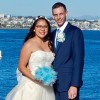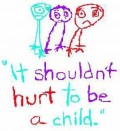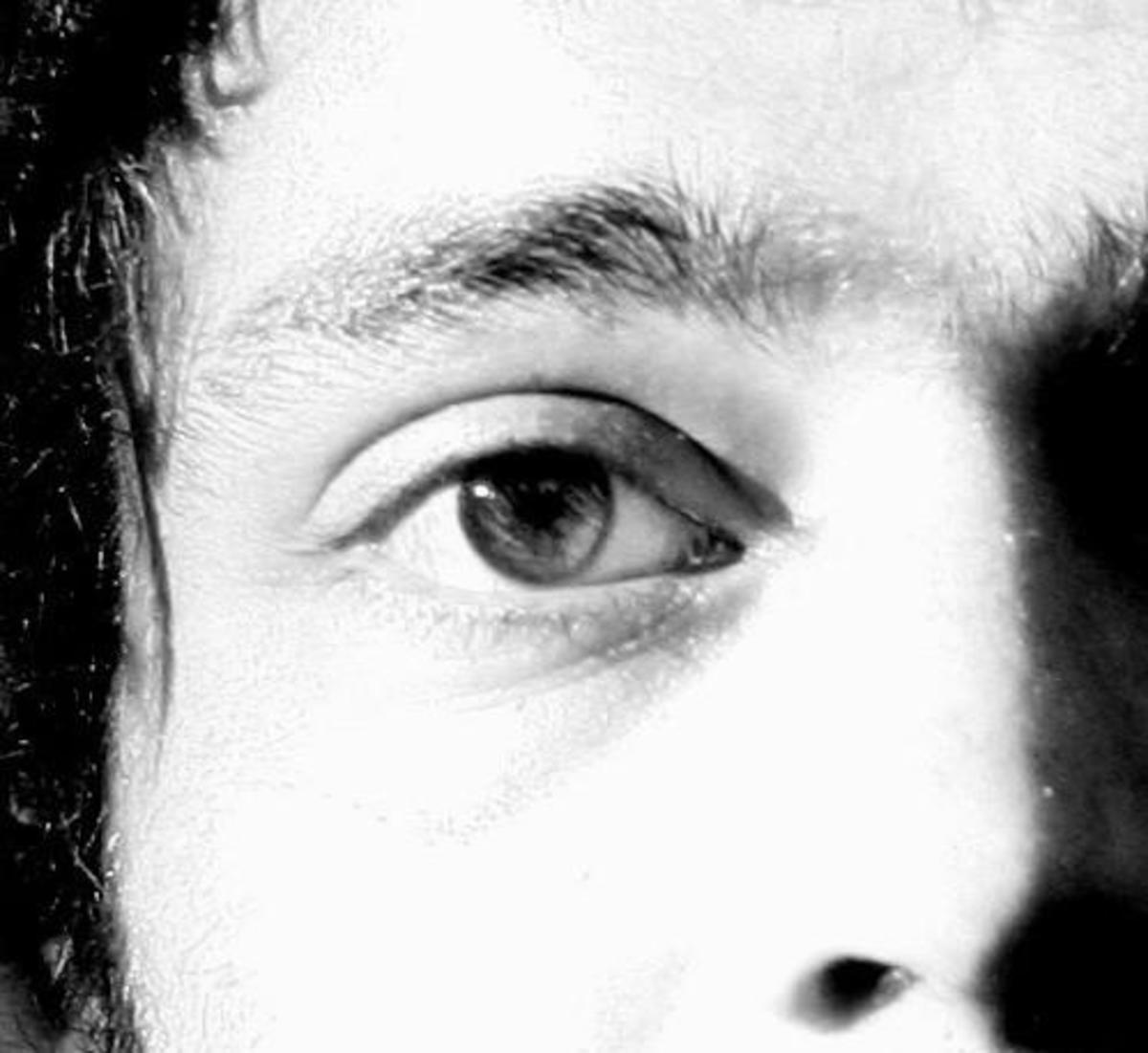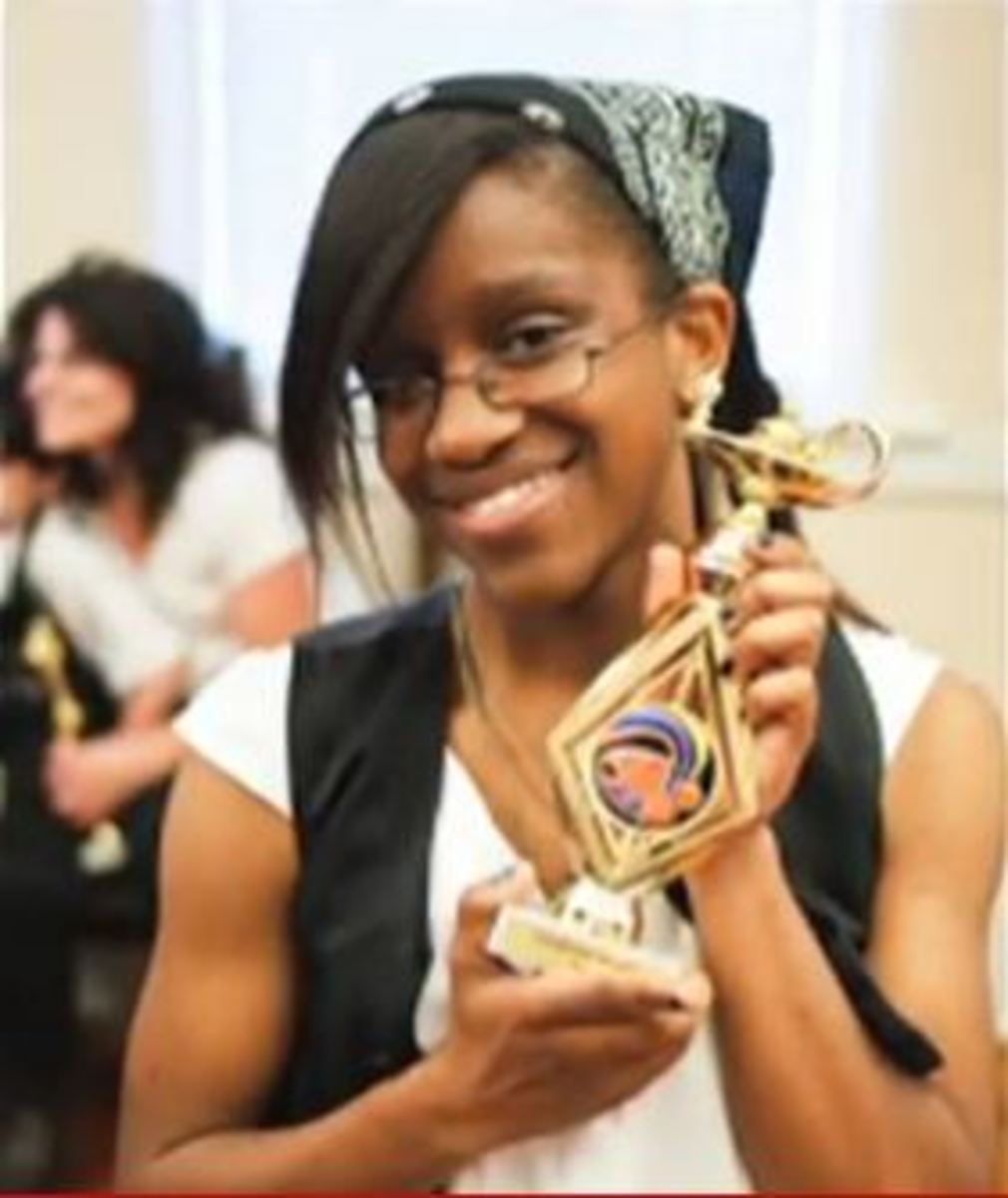Effects on Children When Abused
In this paper, the author will discuss the types of abuse and the effects it has on children and teenagers. Child and teenage abuse is a social issue that is overlooked in society as a whole. The reason the author wanted to bring attention to this topic is because most people do not seek help and others do not know how to help others from certain environments. It is important to inform everyone and let them know that they are not alone and that others should not feel like they are useless in helping those who are crying for help in silence. Those that are being abused in any way do not know what effects it can impact them in the long and short-term, and it is important for them to know how to cope with the outcome of the situation, but also how to prevent this from happening to anyone else. Society should know what types of abuse that can happen within a family behind closed doors, and how it affects young children and teenagers.
Literature Review
This paper will be discussing the effects of child and adolescent abuse, but will go more in-depth on the types of child and adolescent abuse. Topics that will be presented are the main points of child neglect, child maltreatment, physical abuse, sexual abuse, adolescent maltreatment and abuse, dating aggression, sexual assault, and stalking. An example that shows that there are child and adolescent abuse and people do not stop to help the individual, is the book A Child Called “It” by David Pelzer, (2001) which states that David’s school finally decides to call the police after they felt they could no longer allow David to be abused like he has for many years, and when the officer arrives he takes David to a different place. Later as David is getting picked up by the officer he starts to fear that the officer is going to take him to his house where his mother is: “in a few minutes, we arrive at the Daly city police station. I sort of expect the mother to be there. I don’t want to get out of the car” (Pelzer, (2001). A Child Called “It”. p 12). From this quote, the author can see that David no longer had to fear the constant abuse he would receive from his mother, but the author is able to read the fear David has of his mother. How else is someone to feel as basically his whole childhood and the beginning of his adolescent years have been a constant threat to his life and he might not survive to the next day?
Child neglect and maltreatment
As a society, things may be done without bad intentions but also the lack of resources required to give all the needs of a child could cause a situation to be characterized as neglect. Within the reading book I’m Not Your Victim, it has multiple sections where Sam, who is the father of the three kids, is being neglectful to his children and wife; he does not provide much food and is spending his money on other things that are not as important to help these children survive day-to-day. Sometimes people who are in the working class are not able to afford to provide everything their child needs and that can be seen as a type of neglect, but the parent is not doing on purpose it is just that they cannot afford it. An example that is provided in the textbook would be “Mark, who is 8 years old, is left to care for his 3-year-old sister, Maria, while their parents go out” (Barnett, Miller-Perrin, & Perrin. (1962), “Child Neglect and Psychological Maltreatment” p.84). For this example, we can see that the parents chose to leave the children by themselves without any kind of supervision; one reason could be that they cannot afford to pay for a sitter or they chose to leave them alone because they do not care about their children. There are many types of neglect that have been done any many have not seen this as any kind of abuse such as emotional neglect versus psychological maltreatment, medical neglect ,and there can be an issue of a cross-cultural abuse. Children who undergo this abuse will have effects such as: social, attachment difficulties, cognitive, academic deficits, emotional and behavioral problems. After having these effects, it may lead to long term consequences that are just some of the few that were mentioned before, but it has gotten worse and they may have some alcohol problems when they grow older. For children, there is also maltreatment which is defined as repeated pattern of caregiver behavior or extreme incidents that convey to children that are worthless and unloved as stated in the textbook (Barnett, Miller-Perrin, & Perrin. (1962), “Child Neglect and Psychological Maltreatment” p.106). Putting a child down emotionally can be very hurtful because then children will start to believe what their caregiver has said about them, and when that child grows up and does hang around with someone who does say something nice to them, that child, who was maltreated, will not accept the complainant's that others have given them. Some types of maltreatment would be rejecting, degrading, terrorizing, isolating, denying emotional responsiveness and medical education. Medical education can be tough to talk about because some parents will feel uncomfortable or believe that their child does not need to learn specific things about their health. The issue with that is that the parent does not know they are taking the opportunity away from their child to know more about themselves medically. Some of the effects that maltreatment can have on a child would be interpersonal maladjustment social incompetence, intellectual deficits, and physical health problems. Again, if the parent is preventing the child from having the proper kind of health education it will cause the child to have poor health conditions. Some of the effects on physical health problem would be hypertension, metabolic syndrome, and inflammatory disease.
Physical abuse
The author believes that this would be a sub-topic that would be more common to happen and notice as often than the other subtopics. Physical abuse is when there are any kind of injuries on the child, such as when David had an incident with his mother and had to be taken to the hospital and the injury was visible but the doctor said nothing. When David was told by his mother that if he did not finish doing all his chores on time that she was going to kill him, she threaten him verbally but she also showed him the knife. Later she did stab him, David did not know what to do, and the only person who he thought would help would have been his father. When David told him that his mother had just stabbed him, his father’s response was “he didn’t even raise an eyebrow. ‘Why?’ he asked” (Pelzer, (2014). A Child Called "It". Pp 89-91). The father also had part of the abuse because he did not provide any kind of aid for David, who was bleeding out and he did not question the mother's actions. Another example that the textbook brings up would be Angela who had a baby, named Maria, who would cry uncontrollably and as the parent she could not take it anymore and she shook the baby so hard that the baby lost consciousness (Barnett, Miller-Perrin, & Perrin. (1962). “Child Physical Abuse.” P. 141). The effects of physical abuse are behavioral problems, socioemotional deficits, aggressive and antisocial behavior. These are just a few of many effects that a child can have after being physically abused for a period. The long-term effects that are common and found are injuries, pain, and specific illness. The reason there are injuries is because if a child who had been a hit in the head that would cause a long-term effect of the abuse and a constant reminder of what happened to them. The characteristics of children who tend to be victims of physical abuse are the age and gender. Boys would have a higher chance of this kind of abuse and the age would be between the ages of 16 and 17 that the physical abuse would increase.
Sexual abuse
The author believes that sexual abuse is a type abuse that is unknown and thought it does not exist. Sexual abuse happening in the household is not thought of because the family home is supposed to be a safe place for children and there should not be any kind of danger towards the child. An example that the chapter gives in the textbook would be: “Cynthia, a divorced woman of 21, became sexually involved with her 16-year-old nephew, Matt. At the time, Matt was very happy about the affair but later regretted it. When Cynthia and Matt ended their affair, Matt “hooked up” with his 15-year-old cousin, and they had sex at least once a week” (Barnett, Miller-Perrin, & Perrin. (1962), “Child Sexual Abuse” p.196). For this example, the author can see that there had been two victims, Matt and the 15-year-old cousin. The author believes that those two victims did not know better and since Matt already had sexual connection with his aunt he believed it was okay to do to his cousin. The effects of sexual abuse would be; sex play with others, family conflicts, hyperactivity, and sexualized behavior. These effects are also known as the initial effects of the abuse, and later if the abuse continues to happen, it will start to have long-term effects. Some of the specific effects of the sexual abuse would be anger, polyvictimization, revictimization, and cumulative trauma effects. The author believes that if a child has gone through a constant sexual abuse, then when the child grows up the child they will come upon to be revictimized because they will start to believe that what they went through is normal or they feel like there is no way for them to get out of the situation. Polyvictimization can also be common since the child is misbehaving or is behaving differently because of the sexual abuse, and it would cause them to be physically abused because the other parent does not know what is happening to the child and they would just spank them thinking that would straighten out the child for the outraged actions they have taken.
Adolescent maltreatment and abuse
For this sub-topic, the author believes that adolescents are not being taken seriously when it comes to maltreatment and abuse, the reason the author believes why that is, is because of how the society has stigmatized adolescent’s behavior. Some of the ways that society has stigmatized adolescents would be saying they are behaving out of controlled, rude, wanting to go against adults, and they think that know everything. The problem with assuming what adolescents are feeling and behaving is that some of these teenagers misbehave as a sign for the help of asking an adult to sit down and communicate with them and try to understand what they are going through. An example that can show adolescent abuse would be “if the parent left at night, the boy had to stay outside because he was untrustworthy” (Barnett, Miller-Perrin, & Perrin. (1962), “Abused and Abusive Adolescents” p.250). This shows that the parents do not trust the adolescent because they believe he is not responsible and is not able to be trusted because of the characteristics that have been put on the boys. Types of maltreatment that teenagers go through would be neglect, deprivation of necessities, physical abuse, psychological, emotional abuse, sexual abuse, and polyvictimization. Teenagers can go through similar kinds of maltreatment and neglect like children, but the only difference is that it can be more intense abuse. Some of the consequences of the adolescents that are maltreated are violent outcomes such as dating behavior, towards parents, towards siblings and antisocial behavior. When the adolescent goes through any kind of maltreatment that would cause them to act out and of them acting it is seen negative in society. Within a family, there can be sibling arguing and fighting, but what people may not see or take in consideration that can happen within the family household would be sibling abuse. Society sees sibling fighting as a normal thing and kids will just be rough with each other, but the issue is that it can have a negative outcome for the sibling that is receiving the abuse. Sibling sexual abuse has a higher chance to happen more than a parent sexually abusing his or her own child. The types of sexual abuse would be oral sex, sexualized kissing, vaginal intercourse, anal sex and made to watch sexual acts. An example of sibling sexual abuse would be in the film of Capturing the Friedmans; when Arnold was growing up he did have sexual interaction with his brother, but the outcome of him doing that was his brother had false memories because he would not remember how and when it happened. In the film, Arnold brother claims that he does not remember Arnold doing that to him because he does not recall ever fighting or screaming for help.
Dating aggression, sexual assault and stalking
For the last topic that the author feels that adolescents who have gone through abuse will lead to is dating aggression, sexual assault, and stalking. Dating violence is when a couple is going through any kind of physical emotional abuse, and dating violence can be done mutually or reciprocally. When adolescents who are preparatory of the dating aggression their reasoning would be because of attachment issues and jealousy. The authors Sipe, & Hall, (2014) have stated in the book that when Mrs. Sipe had met another woman on base they became very good friends, but Mr. Sipe did not find that as a good idea and felt very jealous and was preventing her from having any friends. The reason he would do that is to isolate her and to continue to abusing her without anybody interrupting him. The reason Mrs. Sipe did not object to what her husband had to say is because she thought that him behaving that way was because she felt that was a way of him showing her that he loved her so much and wanted to keep her to himself. In the textbook, it was brought up that gender and the type of relationship that the victim that are more common to be affected; 85.9% of women that are the victim are in the boyfriend/girlfriend relationship, and men are more affected by a stranger and the percentage that men would be the victim is 68.3% (Barnett, Miller-Perrin, & Perrin, (1962) “Dating Violence, Sexual Assault, and Stalking” p.309). Some of the traits of people involved in dating violence is anger, hypermasculinity, power and interpersonal control. Hypermasculinity is seen in men as the cause for them to be aggressive to their partner is because they are only looking for sex. There are different ways that sexual assault can be interpreted such as consenting, rape laws and the legal definitions of sexual assault. The author believes that consent is a big issue in society and is a high effect for sexual assault because some adolescents are not taught what consent means and there can be a misunderstanding of the couple. An example that shows this would be in the film The Hunting Ground. The film shows how many men and women were raped when they were not able to give consent because they were under the influence. The person who was taking advantage of that victim did not care that they were not in the right state of mind to approve of giving or receiving sex. When the victims are going through the abuse, they tend to have a negative outcome to all of this. The victims must go through many people who will criticize them for not leaving the situation; those people would be blamed by patterns, society, professional and oneself. In the textbook, it gives a big in-depth information on how professionals would blame the victims for the abuse they went through. The problem with the professionals blaming the victims and not taking their side is that how are they supposed to keep people safe and stop the abuse to continue to happen? Barnett, Miller-Perrin, & Perrin, (1962) state that female victims are seen to take advantage of welfare, and professionals think that women who are “victims” do not want to work and just take the easy route for them to get help from the government (Barnett, Miller-Perrin, & Perrin, (1962) “Abused Heterosexual Partners” pp 364-365). This just shows that victims are not supported at all and are looked down upon.
Methods
The author would conduct a method on how the research can be done by making specific questions that would allow the respondent to express their experiences through an interview. Some of the questions that would be asked would be: have you been abused as a child or adolescent, from this list of effects which would you feel you would have, what kind of abuse did you go through and how do you think the abuse affected you as an adult? The reason the author would do an interview would be because then the respondents would be able to express themselves as much as possible and not be limited to so many words on a survey, and it would be useful for the author to read the body language of the respondents. The people the author would interview would probably people who are seniors in high schools, and freshman and sophomores from college. The reason the author would interview those people into the sample is because they would have already been affected on how they would behave around other people. The limitation of the method would be that most people would not be honest and some people would not want to conduct the interview because they would feel ashamed of what they had to go through.
Conclusion
The author believes that knowing the effects on children and adolescents is very important to know and should be allowed to be taught in schools. The author thinks that is necessary for others to gain the knowledge of these effects in order for others who do not know what the individual is going through will be providing the right kind of help and help those recover what they had gone through. It is also important for those that went through any kind of abuse and is having any effects should be able to feel they are comfortable with asking people for help. For future research that should be done on this topic of the effects on children and adolescents who are abused should be if the people who are supposed to prevent these things are actually doing their job and are not victim blaming or being biased. Within the community, it should be talked about more often and others should be aware of the signs and find a way to help that person to get out of the danger that they are in. Most individuals feel like they do not have a place to go or anyone to talk to if there were more shelters who are more understanding and flexible of what the situation is and help accommodate the individual and children. The community should also be able to understand that not everyone is a citizen and those that are immigrants and are going through those abuses, children like that tend not to seek help because they do not know what will happen to them. This just makes it harder to stop all the abuse going on and not being able to be aware of where it is coming from because children and adolescent are too afraid to speak up because they do not want to end up at a foster home and be seen as a runaway child. The author does believe that everyone within the community and outside the community should be more aware of the signs and be able to help one another because we do not know if someone is going through oneself-went through or know of someone who understands what this child is feeling about all this abuse. The effects of abuse are not a positive thing; it should be looked at and should be prevented from happening to one more person.
References
Barnett, Ola W., Cindy L. Miller-Perrin, and Robin D Perrin. 1962. “Abused and Abusive Adolescents.” Pp. 250 in Family Violence across the lifespan AN INTRODUCTION. Thousand Oak, CA: SAGE.
Barnett, Ola W., Cindy L. Miller-Perrin, and Robin D Perrin. 1962. “Abused Heterosexual Partners.” Pp. 364-365 in Family Violence across the lifespan AN INTRODUCTION. Thousand Oak, CA: SAGE.
Barnett, Ola W., Cindy L. Miller-Perrin, and Robin D Perrin. 1962. “Child Neglect and Psychological Maltreatment.” Pp. 84, 106 in Family Violence across the lifespan AN INTRODUCTION. Thousand Oak, CA: SAGE.
Barnett, Ola W., Cindy L. Miller-Perrin, and Robin D Perrin. 1962. “Child Physical Abuse.” P. 141 in Family Violence across the lifespan AN INTRODUCTION. Thousand Oak, CA: SAGE.
Barnett, Ola W., Cindy L. Miller-Perrin, and Robin D Perrin. 1962. “Child Sexual Abuse.” P.196 in Family Violence across the lifespan AN INTRODUCTION. Thousand Oak, CA: SAGE.
Barnett, Ola W., Cindy L. Miller-Perrin, and Robin D Perrin. 1962. “Dating Violence, Sexual Assault, and Stalking.” P. 309 in Family Violence across the lifespan AN INTRODUCTION. Thousand Oak, CA: SAGE.
Dick Kirby. “The Hunting Ground.” The Hunting Ground. Retrieved April 20, 2017 (http://thehuntinggroundfilm.com/).
Jarecki, Andrew. 2003. Capturing the Friedmans.
Pelzer, David J. 2001. A Child Called “It”: London: Orion.
Sipe, Beth and Evelyn J. Hall. 2014. I am not your victim: anatomy of domestic violence. Thousand Oaks, CA: SAGE Publications.
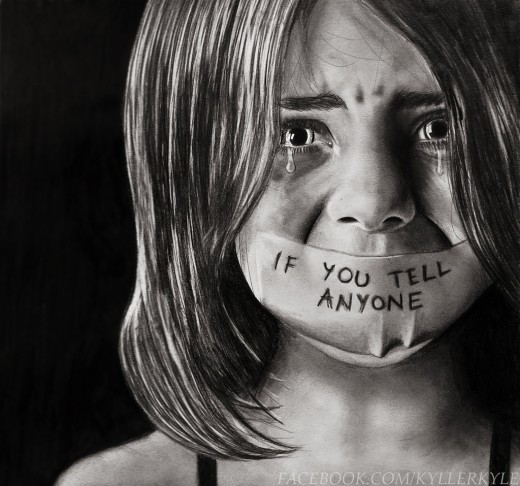
Do you think it is a good idea to teach young children and teenagers about the types of abuse so they are aware of their surroundings?
I would like to hear your opinion of why we should or should not teach children at a young age and teenagers about any kind of abuse. I feel it is important that every is aware of the topic so we can all help others that are lost and do not know they are going through abuse of any kind.
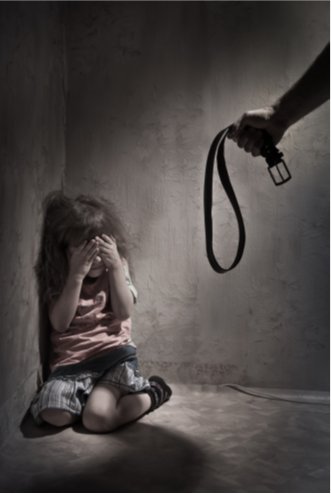
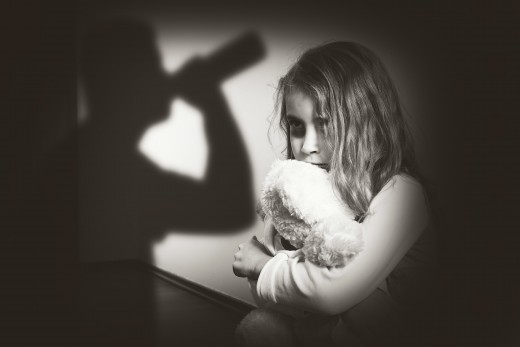
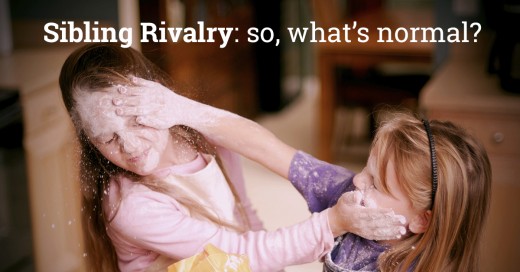
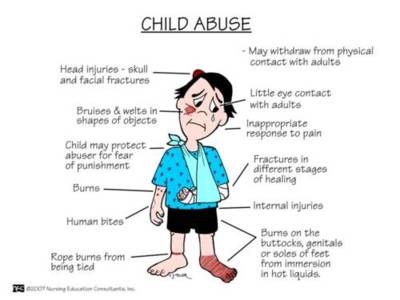
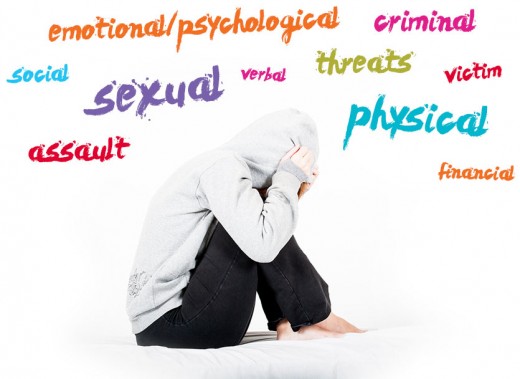
- Teenager 'murdered by ex-boyfriend' after police fined her for wasting their time over her fears abo
A teenager who was found dead with her throat slit months after reporting her ex-boyfriend to police was issued with a fine for wasting police time, a murder trial has heard. The body of Shana Grice, 19, was discovered in her bedroom in Portslade, Ea - Dee Dee Wanted Her Daughter To Be Sick, Gypsy Wanted Her Mom Murdered
